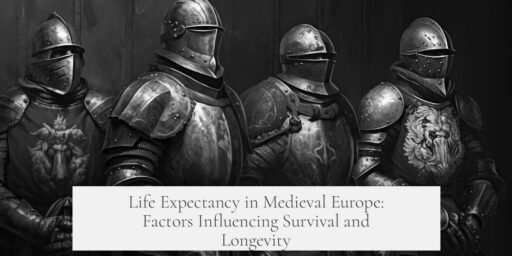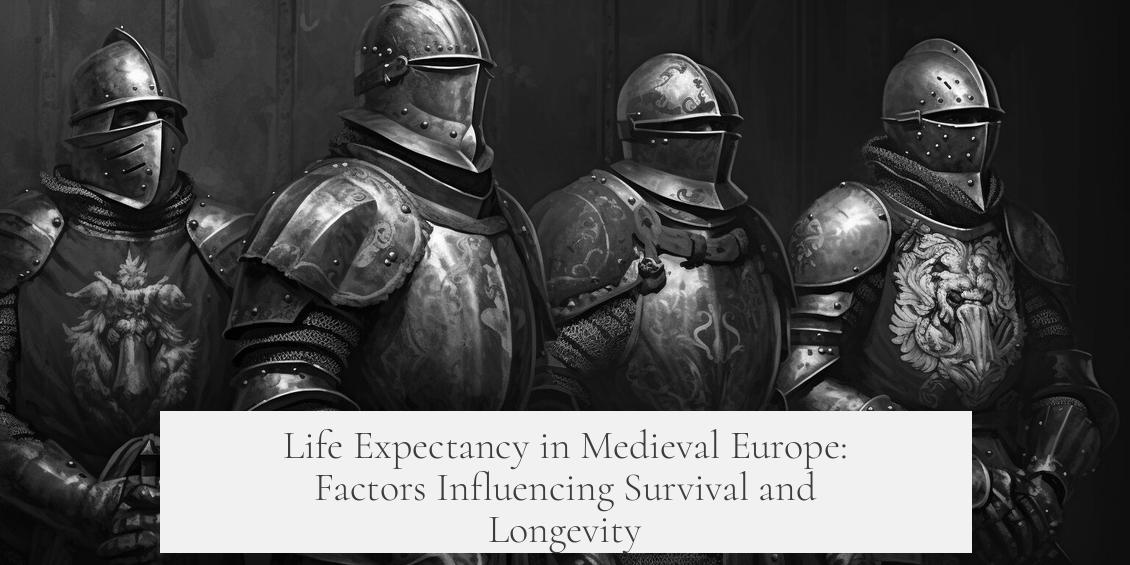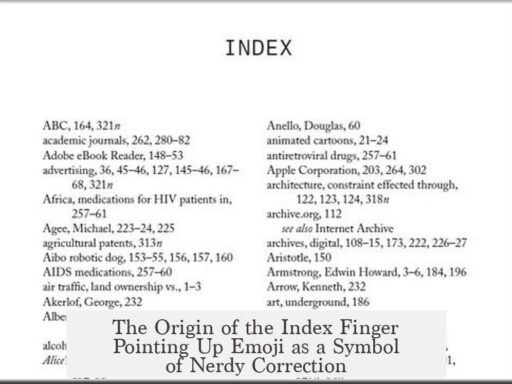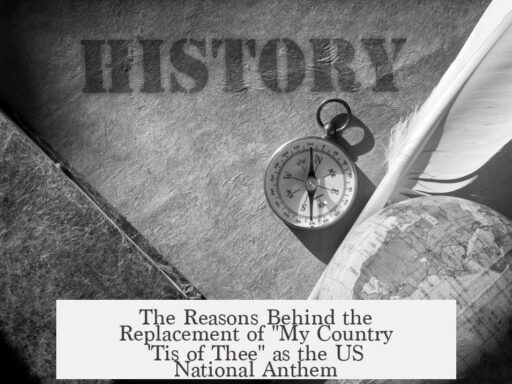The actual life expectancy in medieval Europe generally ranged from about 30 to 50 years. High infant and child mortality rates significantly lowered the average, often making it appear that most people died young. However, those who survived childhood often lived into their 50s or 60s, with some reaching their 70s or beyond, especially among the wealthier classes.
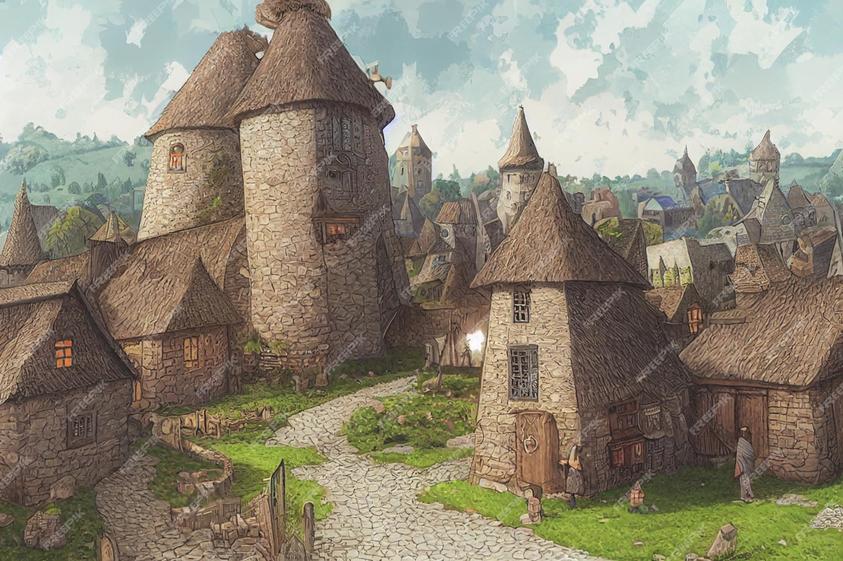
Medieval life expectancy varies depending on many factors, including region, period, social class, and even gender. The most important influence on the low average was the extremely high death rate among infants and young children. Roughly half of all children died before the age of five due to infections, poor sanitation, and lack of effective medicine. This pushed the average life expectancy down dramatically.
Infant mortality is a key factor behind the reported average life expectancy of about 30 to 40 years. Mortality rates for children aged 0 to 15 were far higher compared to modern times. If an individual survived these vulnerable years, their chances of living much longer increased.
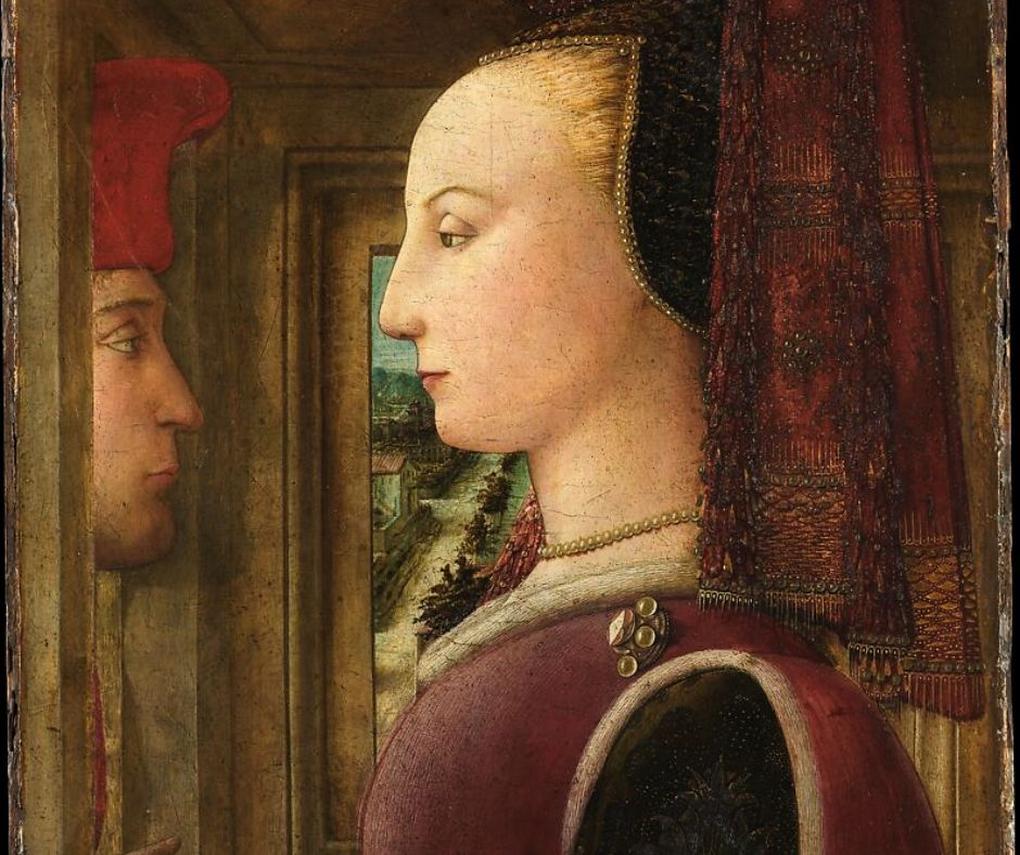
For those who reached adulthood, life expectancy improved notably. Historical records and surviving aristocratic data suggest adults could expect to live into their 50s or 60s, assuming no wars, plagues, or famines. Mortality rose again after age 60, but living into the 70s, and occasionally even the 80s or 90s, was not unheard of, especially among the upper classes.
Social class played a critical role in life expectancy variations:
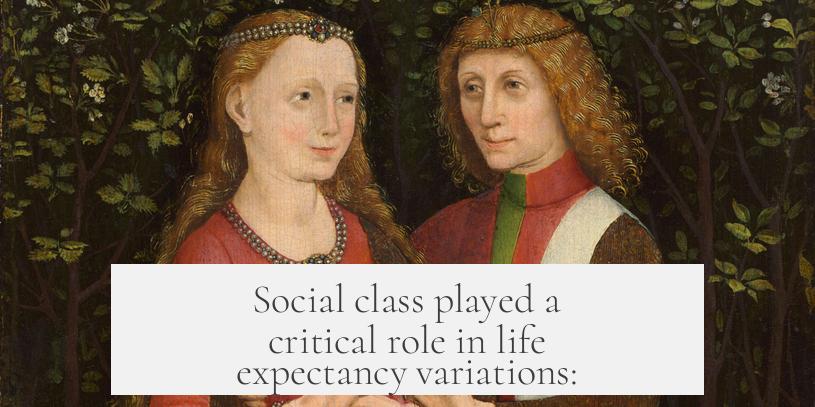
- Aristocrats and Clergy: Upon reaching adulthood, nobles often lived into their 60s. Their access to better nutrition, shelter, and less physically demanding work contributed to longer lifespans.
- Peasants and Laborers: Lower classes faced harsher living conditions, frequent famine, poor diets, and higher exposure to violence and accidents. Their average adult life expectancy was often below 40 years.
Women faced additional risks, primarily due to childbirth. High maternal mortality rates further reduced average female life expectancy. Repeated pregnancies and complications from delivery made survival harder for women compared to men.
Regional and temporal differences in life expectancy existed as well. Data primarily comes from Medieval England and France, with life expectancy in towns lower than in rural areas due to crowded conditions and disease spread. Epidemics like the Black Death and famines also caused sharp declines in average lifespans during certain periods. However, these variations still fall within the general range of roughly 30 to 50 years for overall life expectancy.
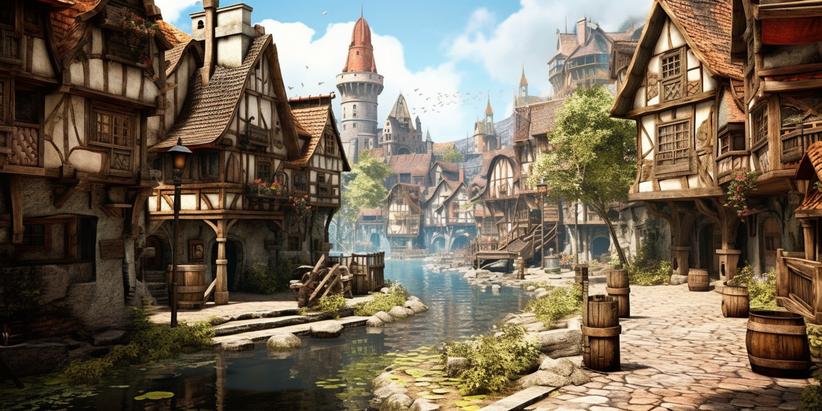
In the absence of modern medical interventions, many diseases that are treatable today were fatal then. For example, diabetes had no cure and often caused death by or before age 35. Likewise, injuries and accidents without proper medical care shortened life. Despite these risks, surviving individuals often reached ages comparable to 19th-century averages after childhood.
| Life Stage | Estimated Life Expectancy | Notes |
|---|---|---|
| At birth | 30-40 years | Skewed lower by high infant mortality (up to 50% under age 5) |
| Survived childhood (age 15+) | 50-60 years | Assuming no major disease or injury |
| Nobles reaching adulthood | 40-60 years, occasional 70+ | Better living conditions, nutrition, reduced physical hardship |
| Peasants reaching adulthood | Below 40 years | Higher risk from famine, labor, violence |
In essence, medieval life expectancy numbers cannot be understood without context. The average lifespan is often misinterpreted as most people dying in their 30s. Instead, it reflects a large number of childhood deaths pulling the average down. Medieval adults who survived early risks often lived longer lives comparable to times centuries later.
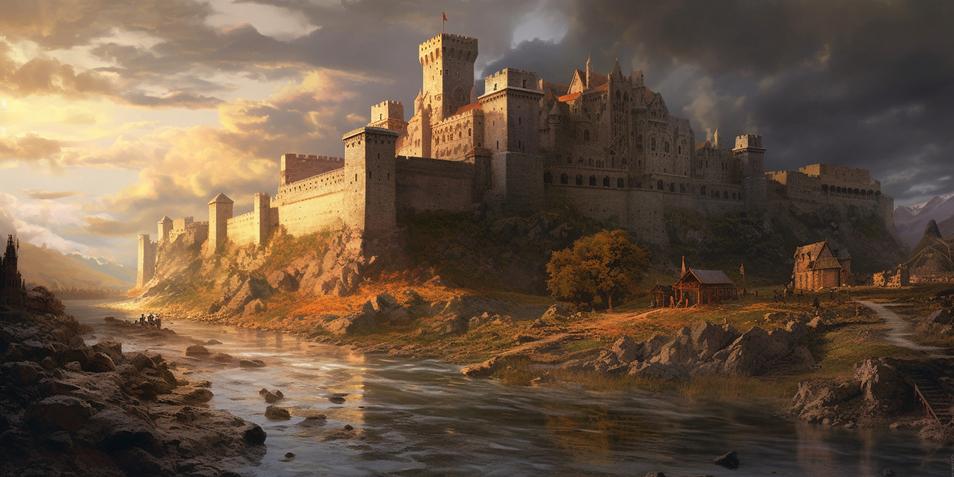
- High infant and child mortality skews medieval life expectancy averages down to about 30-40 years.
- Adults surviving childhood typically lived into their 50s or 60s barring disease, war, or famine.
- Social class affected longevity, with nobility living longer than peasants.
- Childbirth posed significant risks to women, lowering female life expectancy.
- Regional factors and epidemics caused substantial fluctuations in life spans.
What Was the Actual Life Expectancy in Medieval Europe?
Life expectancy in medieval Europe—a figure that often puzzles history buffs and casual learners alike—is far from straightforward. The average life expectancy hovered roughly between 30 to 40 years, but this number comes with a big asterisk: it’s heavily skewed by infant and child mortality rates.

Let’s unpack this puzzle step-by-step, because the medieval lifespan is one of those numbers that gets tossed around historically but rarely fully explained.
So, Why Is Life Expectancy Benched in the 30s?
When people say, “Medieval folks lived to about 30,” they mostly mean average life expectancy at birth. But this figure conceals a harsh reality: about half of all children died before they turned five. Diseases, infections, poor sanitation, famine, and the omnipresent threat of war made the early years a minefield.
Imagine this: half the babies born never make it past toddlerhood. Naturally, the raw average plummets. But what if you manage to survive those perilous first years? Here’s where medieval life expectancy starts to look quite different.
Surviving Childhood Means Much Longer Lives
If a person *made it* through the treacherous first 15 years, their chances soared of living well past 40. Odds suggest they could realistically reach 50 or 60, which is close to modern averages in some contexts.
Historical records back this up. Many medieval nobles, scholars, and religious figures lived into the 60s, 70s, or sometimes even their 80s. For example, recovering the ages of aristocrats shows that those who reached adulthood typically had life spans comparable to—or better than—commoners, who faced harsher living conditions.
The Social Class Factor: Aristocrats vs. Peasants
Picture this: a nobleman turning 21 might expect to live into his 60s, thanks to better food, shelter, security, and less physical labor. Meanwhile, a peasant, juggling poor diet, farming risks, and limited medical care, might barely see 40.
Even for the aristocracy, reaching 80 or 90 was rare but not impossible. For peasants, the odds of beating 50 shrank dramatically. Wars, famines, and hardships stained the peasantry’s life trajectory more harshly than the nobility’s.
The Massive Impact of Childbirth on Life Expectancy
Women in medieval Europe basically faced a double whammy because childbirth was a major killer. Maternal mortality was high, and repeated pregnancies drained health and energy. For women, life expectancy could dip significantly due to complications during childbirth.
So when it comes to claiming a specific life span, you need to remember childbirth was the great equalizer for women across social statuses.
Other Killers That Lowered The Average
Sure, childhood diseases and childbirth deaths are major factors, but plagues, famines, and wars also clipped many lives prematurely. The Black Death, for example, decimated large portions of Europe’s population, annually pushing mortality statistics higher.
Then there’s the lack of medical technology. Diabetes, infections, or broken bones that today get routine care could turn into quick death sentences back then. Still, these were not due to a less healthy lifestyle; rather, modern medicine had yet to arrive on the scene.
Regional Differences: Not All Medieval Soils Are Alike
Medieval England and France provide much of the data we have, but life expectancy varied widely within Europe. Urban areas tended to see higher mortality than rural ones due to denser populations and worse sanitation. The poor suffered more, and so did cities rife with infectious diseases.
And remember: over a period spanning roughly a thousand years, conditions and outcomes weren’t static. Different regions faced distinct challenges, plagues hit at various times, and food availability fluctuated.
Why Does This Matter? The Real Human Story Behind The Numbers
Many people hear “life expectancy was 30” and imagine a world where nobody got old. That’s a caricature. The truth is more nuanced—and frankly, more hopeful.
Once young people survived childhood, they often shared a similar life expectancy with modern people in mid-adulthood, sometimes even reaching old age. This points to resilience and adaptability in medieval societies despite immense challenges.
Why not remember that medieval humans faced different risks but could live rich, full lives? The simple number averages don’t capture those personal stories.
Summary Table: Key Life Expectancy Insights
| Life Stage | Life Expectancy Range | Notes |
|---|---|---|
| At Birth | ~30-40 years | Skewed by ~50% infant mortality. |
| Survived Childhood (15+ years) | 50-60 years | Similar chance of reaching 60 as today, barring accidents or plagues. |
| Aristocracy (Adult) | 40-60+ years | Better nutrition, safety increased lifespan. |
| Peasantry (Adult) | <40 years | Subject to harsher conditions, lower life expectancy. |
Final Thoughts: Life Expectancy in the Medieval World is Complex
In sum, childhood mortality drags the average lifespan down significantly. But if you survived those critical early years, you could expect a life that was surprisingly lengthy by medieval standards.
So, the oft-quoted “30 years” figure doesn’t mean medieval people died young as a rule. Instead, it reflects brutal survival odds during infancy and early childhood. Once the gauntlet was passed, medieval folks could, and often did, live into their 50s, 60s, or beyond.
What modern readers might miss is that average isn’t destiny. It’s more like a broad snapshot with many stories underneath. Next time you hear about medieval life expectancy, remember: if you lived long enough, you might be living quite a healthy adult life too.
Isn’t history fascinating when you dig into the details rather than just the soundbites?
What was the average life expectancy at birth in medieval Europe?
Life expectancy at birth was about 30 to 40 years. High infant and child mortality lowered the average drastically. Half of all children died before age 5, which pulled the overall numbers down.
How long could someone expect to live after reaching adulthood?
If a person survived childhood, they could live into their 50s or 60s. Some reached 70 or even 80. Adult mortality was much lower compared to childhood, but risks from disease and accidents remained.
Did social class affect life expectancy in medieval Europe?
Yes. Nobles often lived longer, around 40 to 60 years after adulthood. Peasants faced harsher conditions and had shorter lifespans, commonly fewer than 40 years due to poor diet and labor risks.
How did childbirth impact medieval life expectancy?
Childbirth was a major risk for women and reduced their average life expectancy. Complications during delivery caused high mortality, affecting women’s overall lifespan statistics.
Did factors like war and famine influence medieval life expectancy?
Yes, wars, famines, and epidemics caused many early deaths. These events varied by region and period, further reducing how long people could expect to live.
